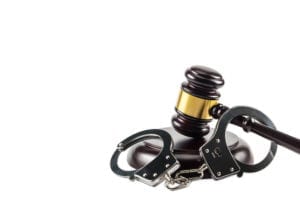 The majority concluded with the following in relevant part: On the other hand, if it turns out that the police essentially tracked Roberts’ full statement of confidence on the photo display report form and offered no confirmatory feedback, defendant would be hard-pressed to show that a technical violation of Rule 3:11(d) was “clearly capable of producing an unjust result.” R. 2:10-2.
The majority concluded with the following in relevant part: On the other hand, if it turns out that the police essentially tracked Roberts’ full statement of confidence on the photo display report form and offered no confirmatory feedback, defendant would be hard-pressed to show that a technical violation of Rule 3:11(d) was “clearly capable of producing an unjust result.” R. 2:10-2.
The Court declines to adopt a per se rule that any error in recording an identification, even a technical or insignificant one, requires suppression of the evidence. The remand hearing in this matter should probe what happened during the identification process — and end with evidence being excluded if it is unreliable, and admitted otherwise. The threshold for suppression remains high. In this case, the trial court will assess that standard in light of what is developed at the remand hearing. At that point, the trial court will also be able to consider whether the lack of a pretrial hearing and absence of a jury charge warrant a new trial. The matter is remanded to the trial court for further proceedings.
Justice Albin, dissenting in part, joins with the Court in the progressive steps it takes to improve the recording procedures relating to eyewitness identifications but expresses the view that the trial judge committed plain error by not instructing the jury that a violation of Rule 3:11 — a rule intended to preserve evidence for trial — could be considered in assessing whether the State met its burden of proof. Observing that a properly charged jury may have determined that the State fell short of its burden of proving the reliability of the identification, Justice Albin does not believe that Anthony received a fair trial and would thus reverse his conviction and grant him a new trial.
In holding that “the threshold for suppression remains high”, the Court includes a roadmap for the motion judge to tie the record together in refusing order suppression of the evidence at the Wade hearing. Justice Albin’s dissent offers a practical approach to avoiding the ultimate failure of our justice system, the imprisonment of an innocent person while the responsible party remains free.
